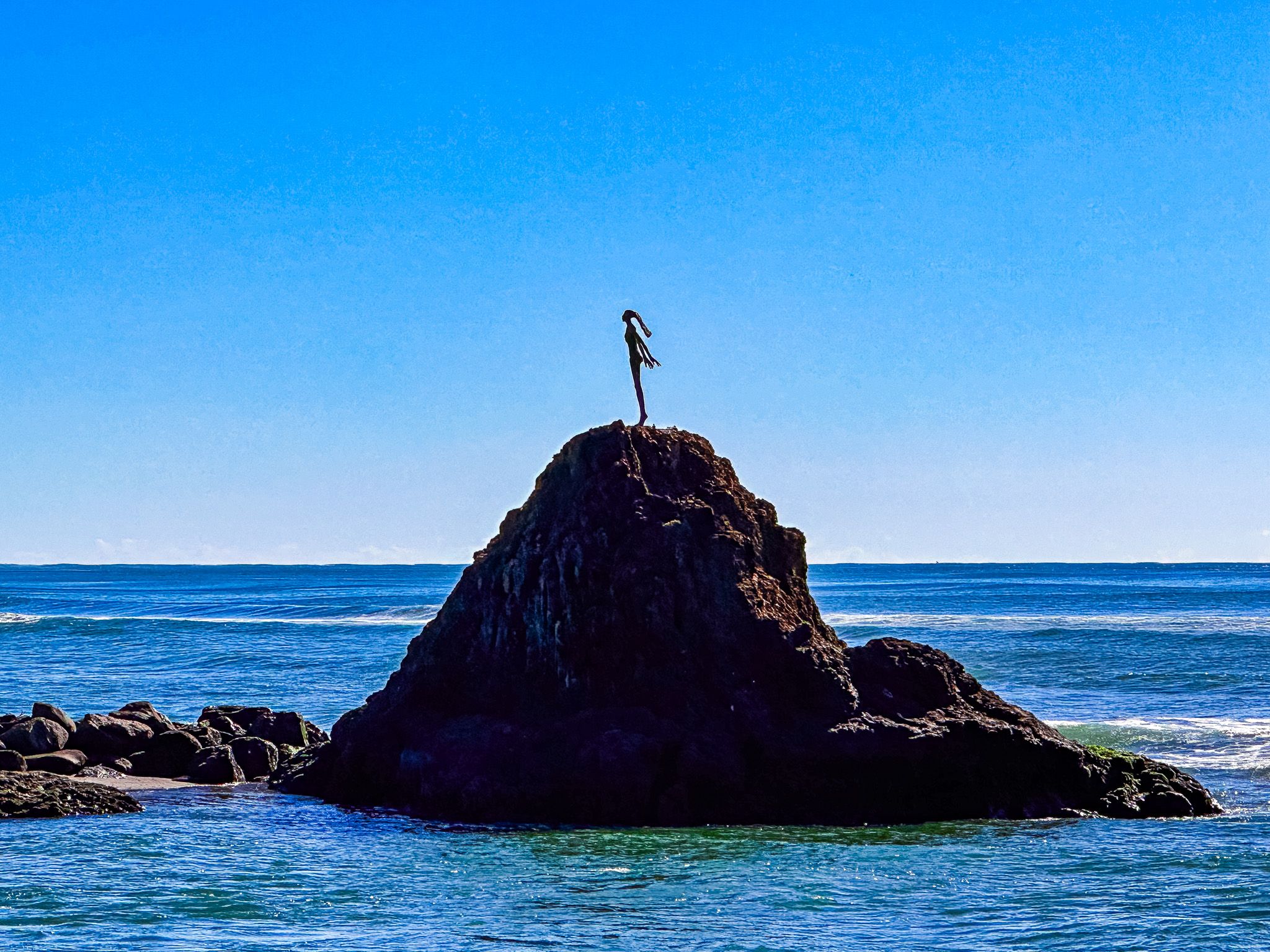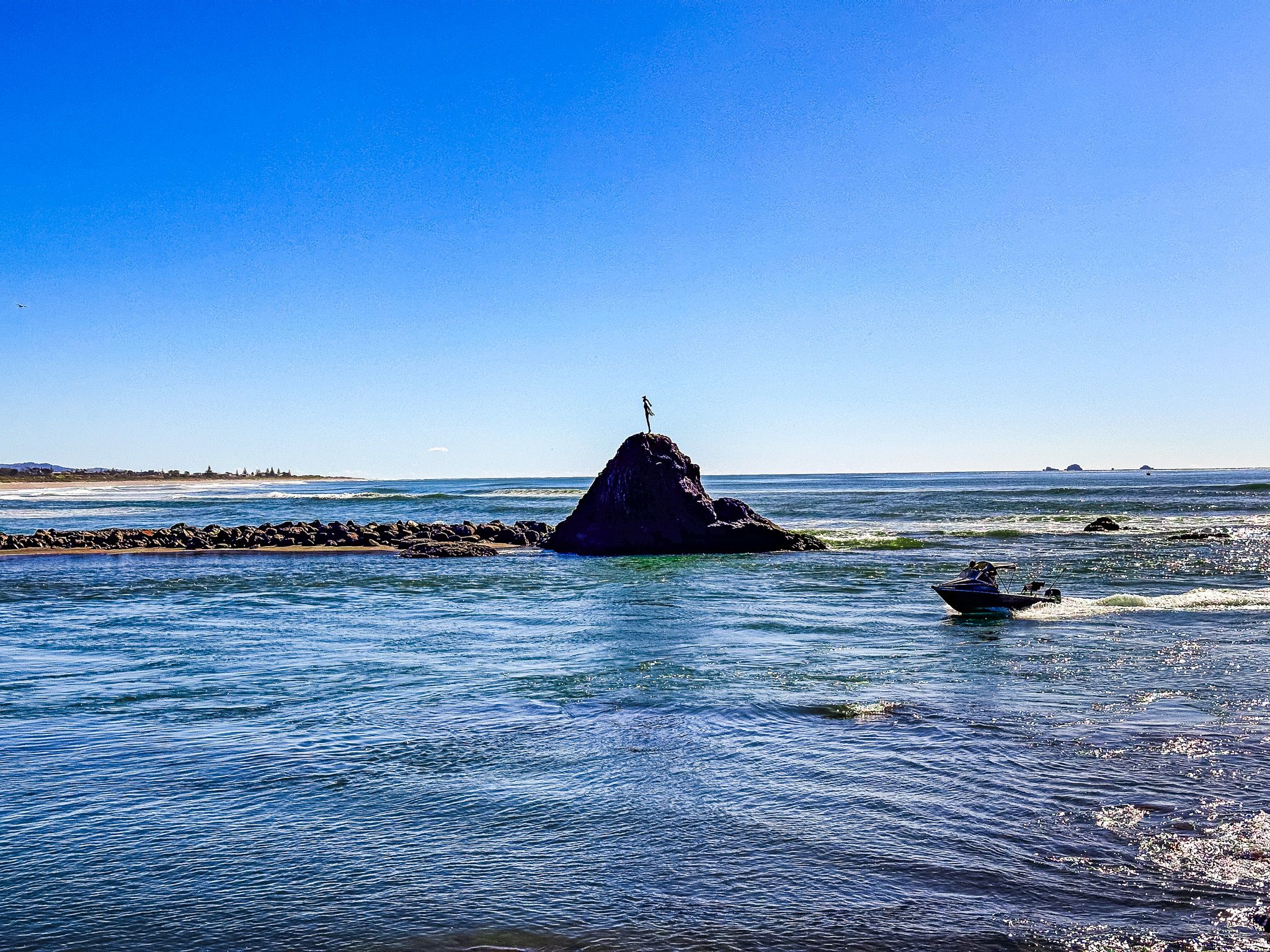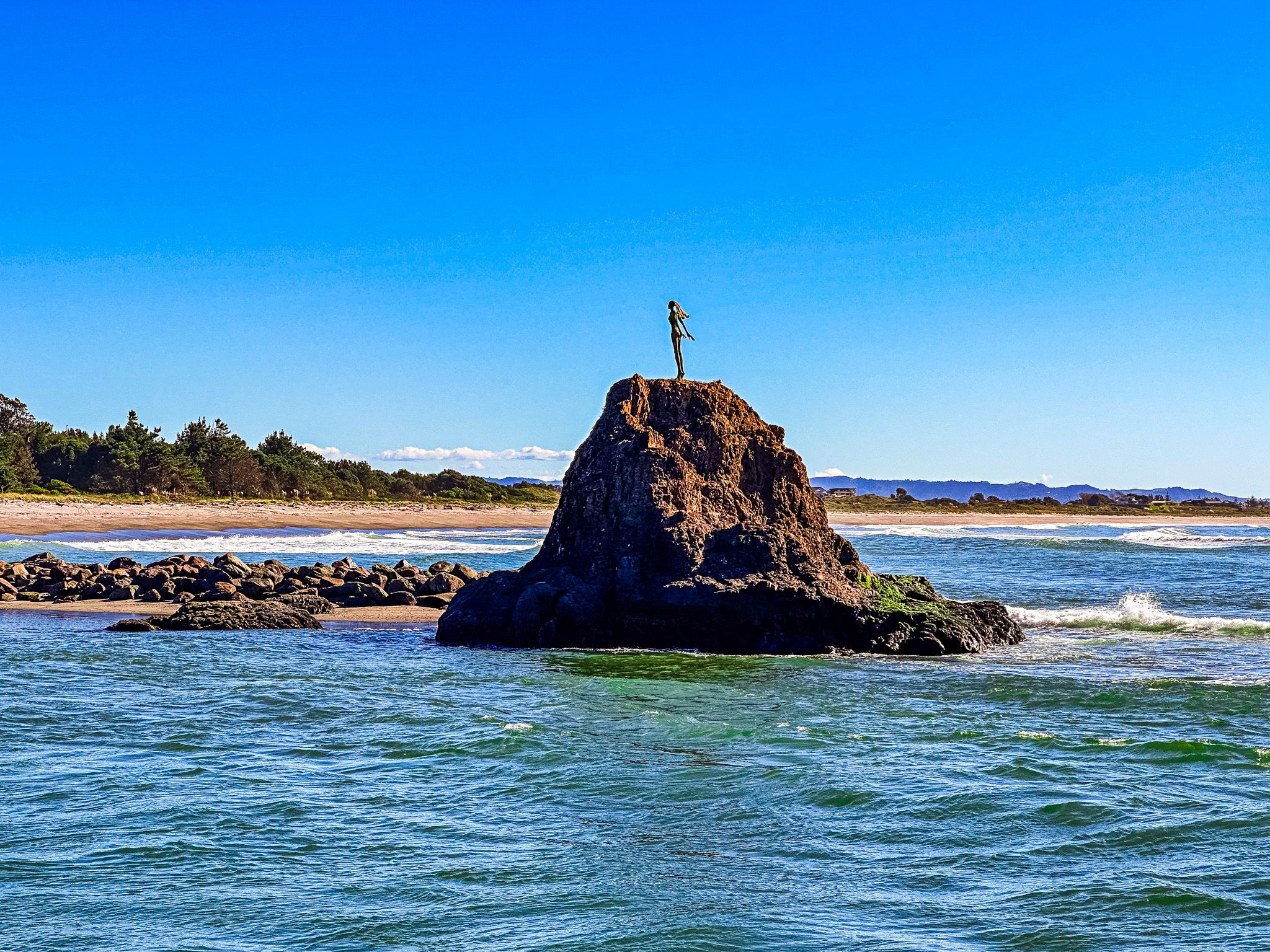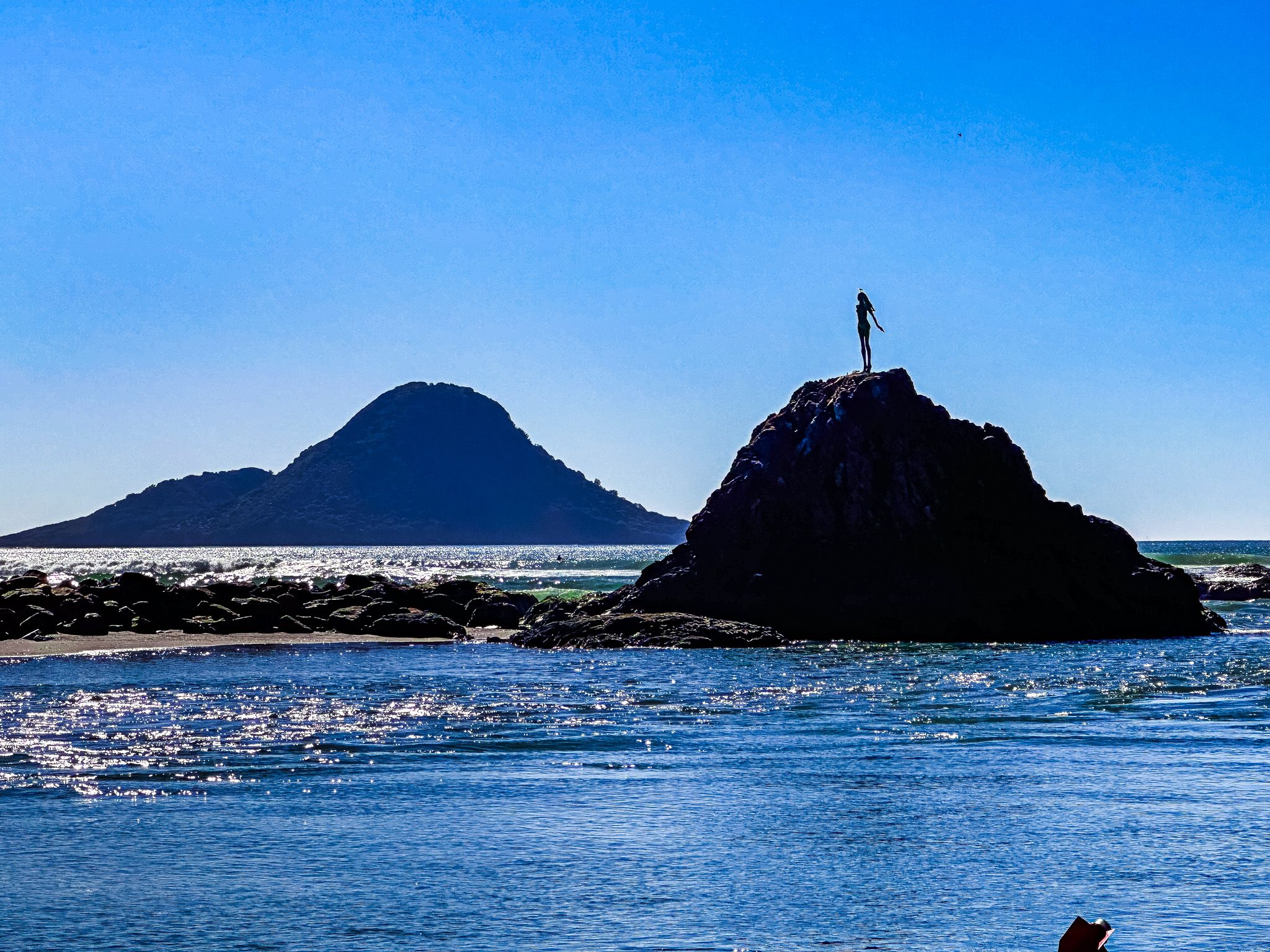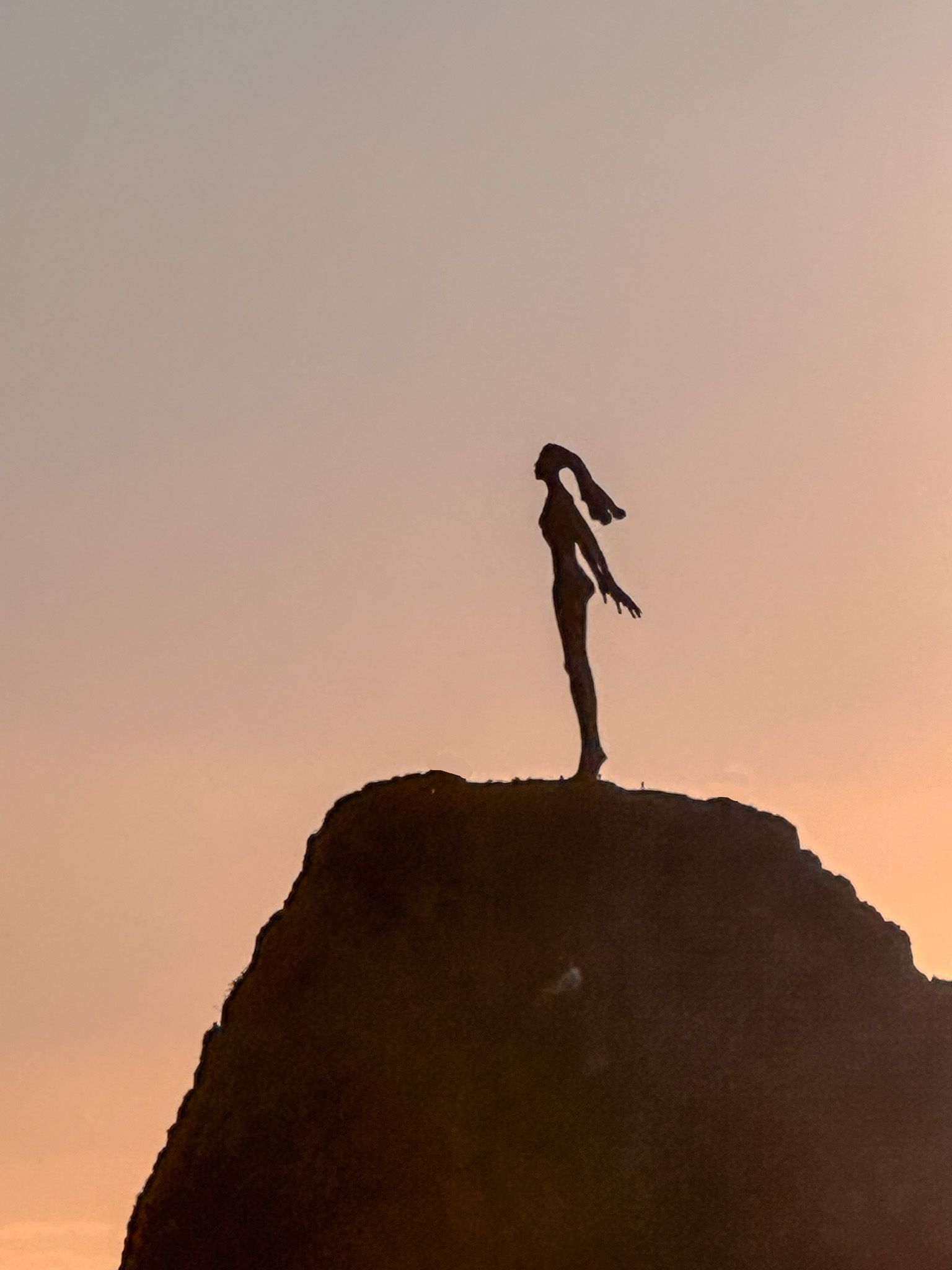Wairaka: A Legendary Figure in Whakatāne
Wairaka, the daughter of Toroa, is a significant historical figure in New Zealand, particularly in Whakatāne. Toroa captained the Mataatua waka, which journeyed from Ma’uke in the Cook Islands to Aotearoa around 1300. Wairaka is celebrated for her bravery and is immortalised by a bronze statue at Turuturu Roimata on the west side of the Whakatāne River mouth.
The statue was commissioned by Sir William Sullivan, a former mayor of Whakatāne, and sculpted by Jim Allen and installed in 1965. Initially known as the "lady on the rock," it is now commonly referred to as Wairaka.
The Naming of Whakatāne
Wairaka is best known for her role in the naming of Whakatāne. When the Mataatua waka arrived in the Bay of Plenty, the men left to explore, leaving the women and children on the waka. As the waka began to drift, Wairaka defied the prohibition against women paddling by declaring, "Kia Whakatāne au i ahau" ("I will act like a man"). Her decisive action, joined by others, saved the waka and led to the naming of Whakatāne.
Wairaka's Life and Legacy
Wairaka's life was marked by extraordinary events. Before settling in the Bay of Plenty, the Mataatua waka visited several locations around the upper North Island, including Tāmaki Makaurau (Auckland). Many Auckland sites are named after Toroa and his family, such as Muriwai, Puhinui, and Toroa Terrace.
Toroa planted karaka saplings on the maunga that would later become Ōwairaka (Mt Albert). Wairaka lived in Whakatāne until her late 30s before returning to Tāmaki Makaurau to find her brother Whakapoi. She returned to the maunga where her father had planted karaka and established Te Pā o te Wairaka, or Ōwairaka. She lived there for over 30 years, exploring and asserting her influence over the area. Later in life, she returned to Whakatāne, where she died and was buried by the Whakatāne River at Opihiwhanaungakore.
How to Get There
To visit the statue of Wairaka, head to Whakatāne, located in the Bay of Plenty on New Zealand's North Island. From Tauranga, head east on State Highway 2 to Matata, then Thornton Road from Matata to Whakatane. This takes about an hour. From Rotorua, it is a 75-minute drive on State Highway 33.
The statue is situated at Turuturu Roimata, on the west side of the mouth of the Whakatāne River. The best view of the statue is from the opposite bank of the river mouth, easily reachable by a short walk or drive from the town centre along Muriwai Drive.
While in the area, there are many other interesting places to explore, including Nga Tapuwae o Toi, Ōhope Beach and the beach at Coastlands.


